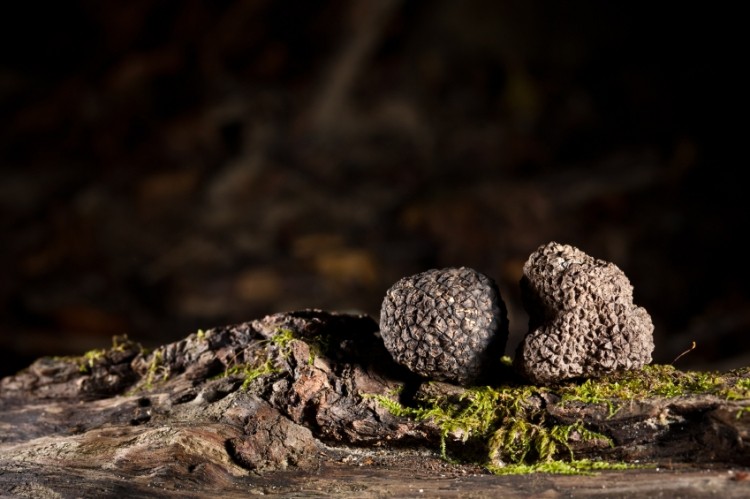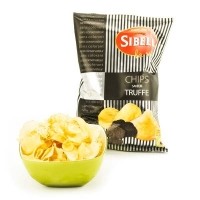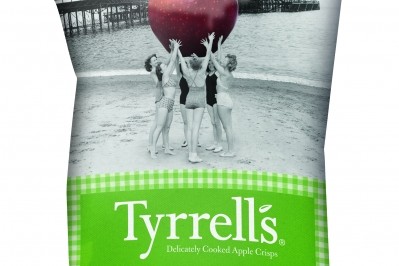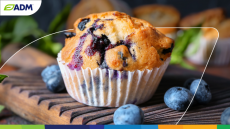Truffles: Can and should they become a mainstream ingredient for everyday products?

Speaking with FoodNavigator at the industry event SIAL in Paris this week, Jacques Gallichet, commercial director for the French company Truffieres de Rabasse, said the rarity need not be confined to its current niche status, although he conceded that price would inevitably remain a factor.
However, Paolo Bertoglio, export area manager for Auricchio, an Italian cheese maker set to release a new truffle pecorino cheese by the end of the year, said this mainstream ambition could be a damaging strategy long term, jeopardising margins and ultimately even failing to cover costs.
"We prefer to leave it as niche product and sell less volumes with higher margins - and care more about quality - rather than transform it into a product where you get good market share for the first year," he said.
Broadening horizons
Despite this,Truffieres de Rabasse was confident in its new approach, and said opportunities lay yet further beyond its work with French crisp maker Sibell.
"We are looking at the 360 degrees at the present time, because we know that truffle can go with nearly every product.”
However, he reiterated that quality was of upmost importance to them. “The quality and taste is still there, it’s just that the market is becoming wider and for us that’s not going to jeopardise the other range of products. We just make truffles more affordable for a wider range of the population.”
But this did not come without restraints. In France only products containing at least 1% truffle could claim to be made with the ingredients on pack, he said, meaning flavours and aromas were not an option in this market.
Indeed, Gallichet said its partnership with Sibell arouse when the crisp maker discovered that its flavoured product set for launch would have been illegal in France, leading it to reformulate with the help of Truffieres de Rabasse.
Ultimately he said these crisps would still be more expensive than others, with a retail price of €2.50 for a 100g bag.
Devaluing a valuable commodity?
Yet Bertoglio said this strategy could lead to a situation where after a brief stint of prosperity, competitors simply move in and develop the same concept.
"Then you totally destroy the margins and you transform it into a mass product that goes to a certain price level that does not cover the costs and does not leave any margins."
There are different types of truffles, which can still currently only be harvested using sniffer dogs or pigs, with the white Italian truffle being the most expensive and highest quality. Bertoglio said white Italian truffles could cost around €5,000 a kilo, while black truffles could cost around half this if top quality. Cheaper powders from Slovenia, Croatia and Eastern Europe were also available, but neither company used these in the new products.
He said ultimately truffle products like its “born to be niche" cheese were not something consumers bought in big volumes, instead they would buy a small slice as a luxury with a price tag to match.
He said companies had to choose its standing: a commodity for everyday consumption or a more expensive, luxury placing.
“An everyday product with truffle is nonsense for us, in our view, because truffle is basically an ingredient that costs a lot and it’s quite special.”
Truffle mafia?
While Gallichet said the company would have enough truffles to produce these new product ideas, he added that he could not say it had “unlimited access” since it was very dependent of weather conditions, luck of the truffle ‘hunter’ and the connections of the buyer.
In France the entire supply of truffles was quoted in one village around Avignon, where they were bought from small dealers in cash, which was then declared by the company.
“You need to be born there to be part of it. For example me I can’t get it. It’s not the mafia, it’s just a special environment. You need to be known and respected.”
Where do you come from?
Gallichet said they were now looking into the possibility of a protected geographical indication for truffle. “This is something we are looking at seriously now, we are not yet ready but that’s the next step for us.”














